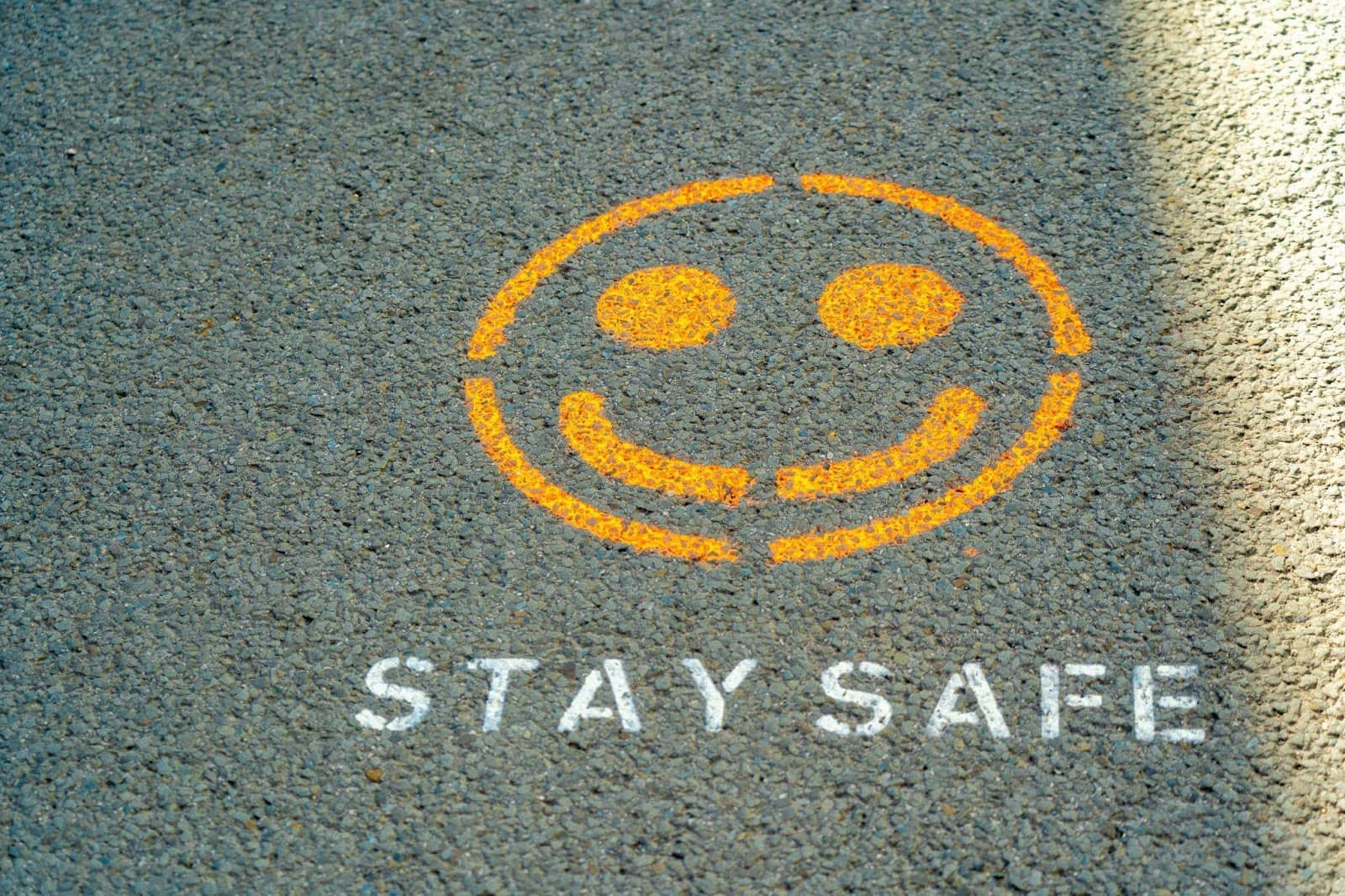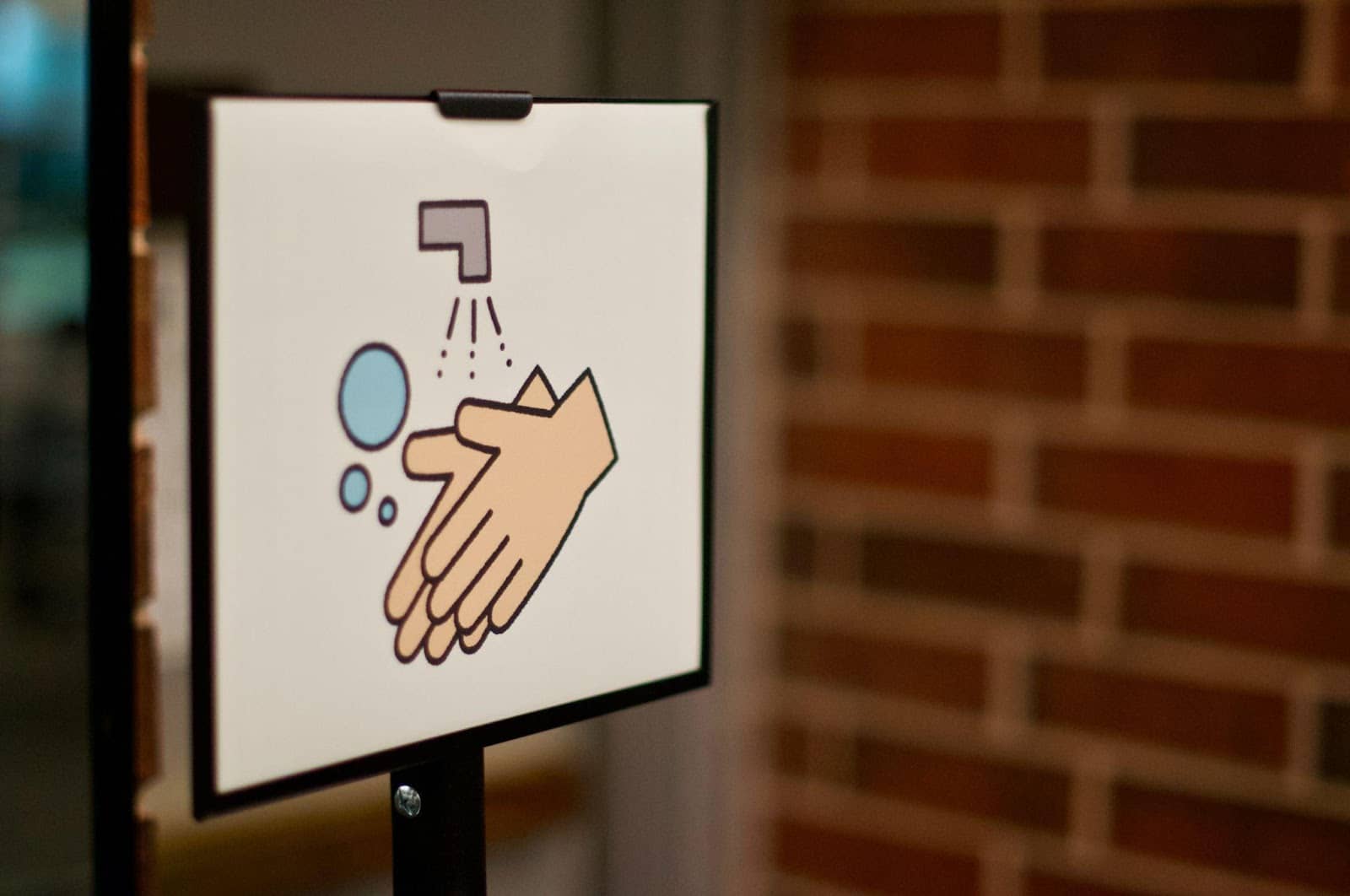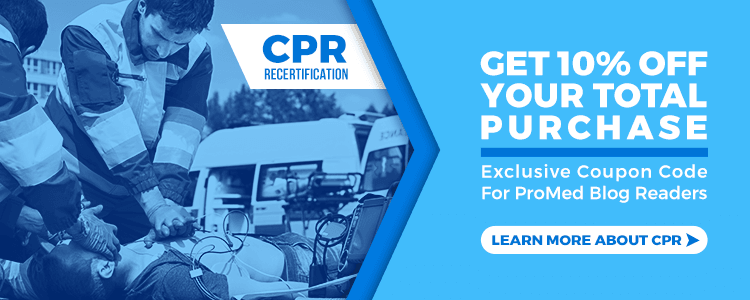Tips For Improving Patient Safety

The medical community is always evolving and growing, offering lots of space for improvement.
As hospitals get bigger and busier, patient safety precautions can often be neglected.
Patient safety in medical institutions has caught the attention of healthcare professionals committed to addressing patients' needs while also keeping them safe.
Patient care and safety, on the other hand, are frequently seen as two separate issues by medical professionals.
Healthcare workers may not consider patient safety to be a component of their medical care and hence do not consider it as part of the patient experience goal.
Furthermore, despite all the evidence suggesting that patients may assist in safety initiatives, medical professionals frequently exclude patients from safety protocols.
Properly involving patients, promoting patient satisfaction, and actively listening to patients are vital in implementing patient safety.
Similarly, medical professionals must ensure that caregivers and their patients can assist in avoiding medical mistakes from happening by being well-informed about their treatment.

Here are some suggestions for incorporating patient-centered practices into patient safety initiatives.
Permit Patients To Access EHR Data
Avoiding medical record inaccuracy is as simple as making health information and medical notes more accessible to patients.
Patients might discover mistakes in their medical histories and prescription inaccuracies by looking at their electronic health records.
Hospital Environment Preservation
Maintaining cleanliness and taking care of the hospital environment is a simple way to avoid harmful incidents.
To safeguard the public from hospital-acquired infections, facility workers should ensure that all parts of the hospital or workplace are sanitized.
Taking care of the hospital and its environment isn't just about cleanliness.
Hospital managers and administrators must ensure there's proper lighting and impose quiet hours to guarantee that patients get enough rest for recovery.
Hospital administrators should schedule convenient times for patients to be woken up for various treatments, taking care not to interrupt the healing process in the name of tests that can be performed much later.
Create A Positive Patient Experience
It takes more than just delivering patient satisfaction to create a pleasant patient experience.
Making sure preventable harm doesn't fall on the patient is equally vital to creating a positive patient experience.
It's important to note that patient safety is just as essential as delivering quality healthcare.
It's not just how patients feel about their treatment but how effective and efficient the care is.
To provide a safe and enjoyable patient experience, medical professionals should provide patient-centered and focused treatment.
Nurses, for example, should respond quickly to patient call lights, and other physicians should ensure that they're doing enough rounds to attend to patient needs.
Physicians and nurses can check if patients need to use the restroom, that what they need is within their reach, and find out if the patient is in any pain.
Doing frequent rounds anticipates patient concerns eliminating the need to press a call button. Patient satisfaction and safety are inextricably linked.
Another important part of providing a good patient experience is for healthcare workers to pay attention to procedural protocols.
Patients face numerous risks, which vary depending on the diagnosis or treatment.
Utilize Technology
During regular shifts, health providers attend to a number of patients, each with different treatments and prescriptions.
Medical professionals may utilize monitoring technology to ensure that they're constantly following the proper procedure with the right patient and make sure they're on top of each patient's demands.
Numerous hospitals are now using techniques to enhance patient safety, such as bed alarms that inform nurses when the patient falls or barcode systems that verify patient medication.
These types of monitoring technologies make it simple to detect and avoid harm caused by human mistakes in health institutions.
Ensure That Patients Are Aware Of Their Treatment
You may assume that the medical professional is responsible for patient safety, but ensuring that patients are well educated and understand their own treatment is equally critical in reducing errors.
This isn't to say that people should have a similar degree of comprehension as their doctor, but a basic understanding of said treatment as well as the dangers they face.
Simply requesting patients to recollect and reiterate what they understand is an evidence-based strategy that should be used frequently in patient safety programs.
Patients and their caregivers are usually most concerned with their personal well-being.
You can ensure patient safety by providing them with the right tools they require to identify and prevent problems and ensuring they fully comprehend their treatment process, medical procedures, and medication.
All Medical Treatment And Procedures Should Be Verified
There have been scary incidences where a patient had their right knee amputated while the procedure was originally planned for their left knee.
Although this is an extreme example, such errors or situations similarly close to this example often occur due to oversight and not carefully verifying and double-checking the patients' treatment or medical procedure.
A Universal Protocol, which drastically reduces surgical mistakes by allowing members of the medical team to ask for a break in order to verify specifics within a procedure, is the most known example of such a form of verification.
Verification generally plays an important role in many other elements of healthcare, such as double-checking prescription dosage, timing when administering medication, or confirming that a caregiver followed sanitizing instructions.
Taking On Superbugs

If your healthcare institution currently doesn't have a policy in place to limit the spread of viruses and antibiotic-resistant bacteria, you should seriously consider creating one.
Surveillance tactics, infection prevention and control, contact precautions, and hand sanitization should all be included in your policy.
Using Evidence-Based Criteria To Compare Hospital Policies
Evidence-based guidelines that are readily available to assist you in rewriting hospital policies concerning patient safety are the best reference for establishing patient safety.
The majority are available via government agencies and the internet.
Conclusion
Small daily activities by medical professionals can significantly influence patient safety.
Identifying and implementing the best patient safety measures is a continuous learning process.
Remember that policies are ineffective when ignored or not followed properly.

